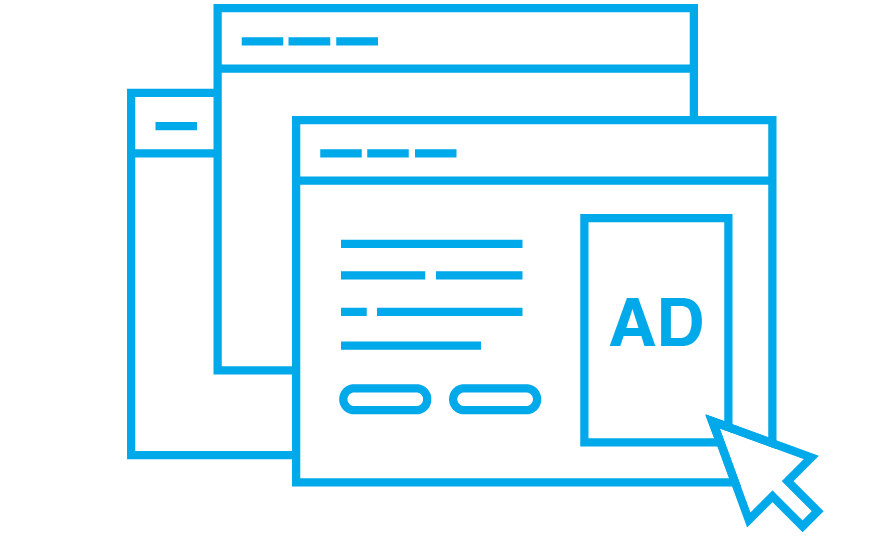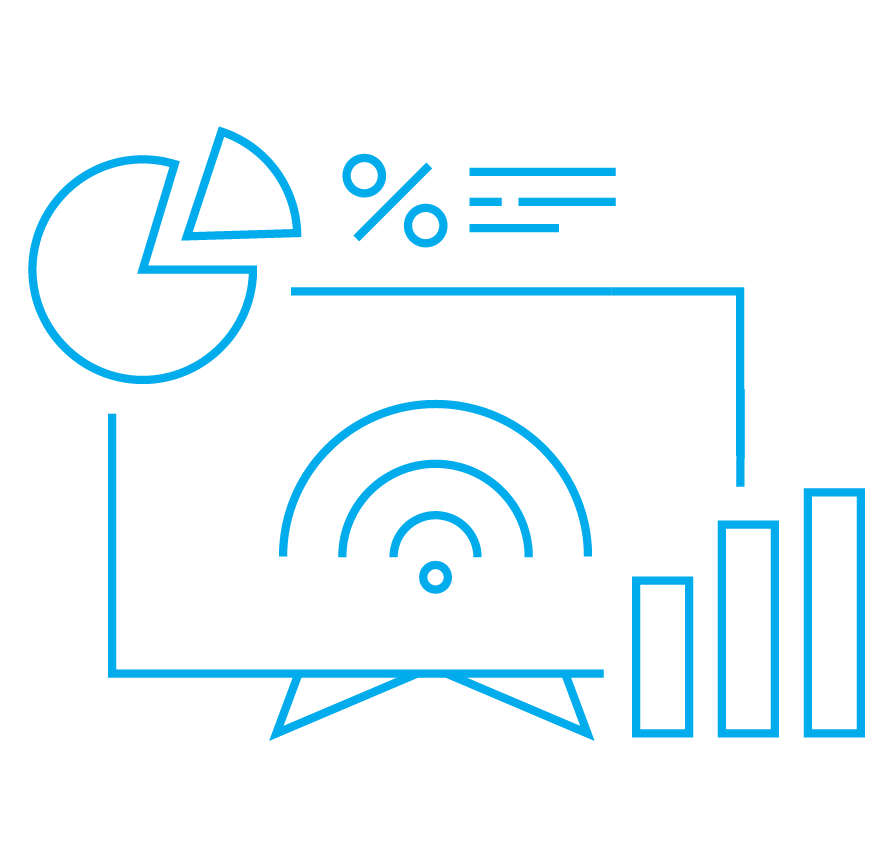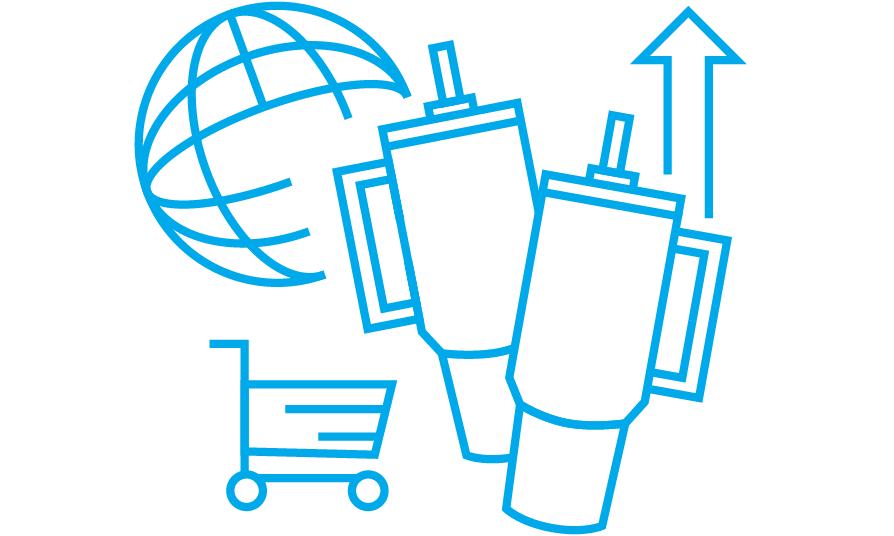- What is programmatic advertising?
- Programmatic advertising platforms
- How to build in-house programmatic team - benefits
- Check out how to build your perfect target group
- DMP within in-house programmatic advertising
- In-house programmatic characteristics
Overview:
- What is programmatic advertising?
- Programmatic advertising platforms
- How to build in-house programmatic team – benefits
- DMP within in-house programmatic advertising
- In-house programmatic characteristics
Programmatic advertising is becoming more and more effective in the digital media buying market. eMarketer predicts that programmatic will account for $59.45 billion in ad dollars by 2020, which will be 84.9% of the US digital display ad market. It’s good to outsource the tasks to the competent team so they do what needs to be done, but wouldn’t it be nice to have respective competencies among your staff so you can save your budget for the actual campaign?
According to IAB research, “in-house is now the favored advertiser model with nearly 40% executing their programmatic trading via in-house operations.” Pretty high percent for new technology, isn’t it? Let’s clarify what benefits in-house programmatic can bring to your business.
What is programmatic advertising?
Programmatic advertising is an automated process that allows marketers to set configurations for their campaign with existing input data and run it for a specific target group. Within one of the most known programmatic techniques, Real-Time Bidding (RTB), the procedure happens in real-time, so campaign owners can observe the situation, which can change even every hour and be able to adjust the campaign configurations and receive up-to-date statistics.
Programmatic advertising is oriented on the specific target audience which was chosen as the best converting group for a specific brand or industry. During a real-time auction, ads are sold by bids and shown to the users from the target group in “requested” time. Find out how to build your target audience – check our post about building custom audiences.
Basically, what programmatic does – it integrates parties that usually participate in the media buying process (advertisers and publishers), data provides with user profiles and ad exchange with ads. Comparing it with direct advertising, where media buying is based on human negotiations, programmatic is fully automated, very fast and reliable for all the parties. Check our infographic with the main differences between programmatic advertising and direct media buying.
Programmatic advertising platforms
Platforms that participate in real-time auction represent advertisers (Display-Side Platform) and publishers (Supply-Side Platform). They are similar, although have differences in offering respective functionalities for publishers for ad space to sell and advertisers to buy them. Read more about DSP and SSP systems in our blog articles to learn how they work and how to use them in a programmatic environment.
A crossed cooperation of both systems with data provider (Data Management Platform) provides a full picture that marketers need to reach their target audience with a personalized message. By using a DMP you can easily analyze received users data and create profiles that may include demographic characteristics, interests and buying intentions, location, etc.
How to build in-house programmatic team – benefits
The companies that decide to build their own media buying team have contact with digital transformation on a daily basis. They make a precise analysis of their clients’ online behavior and use segmentation rules to group them by common traits, like lifestyle, traveling, sports, their interests and buying journeys.
Thanks to the cooperation of both internal programmatic and analytical team, a company can direct the budget for media buying by personalized ad display within the programmatic model. These companies don’t need actually to have the cheapest offer, because they can reach their target audience more intelligently.
An idea of having an internal programmatic department within your company is based on using data about your potential and current clients. This approach allows running an analysis of ROI in terms of a quarter or a year.
Additionally, the in-house team is able to make up-sell, client upgrades, analyze their online behavior (with data enrichment). The dedicated programmatic team with new competencies would be responsible for storing tailored data just for a particular client and using it for the most profitable marketing campaigns.
Check out how to build your perfect target group
There are two good ways to build your own programmatic team:
1. Hire specialists from agencies – with years of experience in conducting programmatic campaigns for various clients, specialists from agencies can help you run campaigns on your own. Of course, it generates costs and it will take time to build well-connected technology stack (such as DSP account or for large companies – a DMP) but if you hire the right people with programmatic background, you can run precisely target campaigns and save your media budget.
2. Cooperate with agencies to build your own team – another way to build a strong programmatic team is to cooperate with the agency and educate your internal specialists simultaneously. It will take more time than to hire new employees but could be significantly cheaper. Your current digital experts can learn naturally from the cooperation with agency’s media planners or programmatic specialists how to run, monitor and optimize campaigns.
What’s more, you don’t have to worry about technology stack – you can rely on agency and treat them like professional advisors. During the cooperation, you can move more work in-house, slowly, step-by-step. When you’ll be ready and your team will gain demanded skills you can minimize the role of your agency and let your team do the programmatic work.
The good way is to stay in cooperation with the agency, even after you are able to run campaigns by yourself. It is useful in emergencies or when you need solid market knowledge in campaign optimization. And the strong benefit is that the cost of that kind of cooperation is significantly lower than the cost of outsourcing the whole programmatic process.
DMP within in-house programmatic advertising
Having a DMP within in-house programmatic provides a possibility for data management together with a high level of data privacy and transparency.
According to The Nielsen CMO Report 2018, DMPs are a crucial technology for 63% of advertisers. The platforms help marketers to control all collected data and segment it into user profiles that are used in programmatic campaigns.
In other words, a DMP can be really helpful technology when you’re building your programmatic team in-house. By controlling the data, they can create and target the right audience groups, built from high-quality data.
Moreover, DMP helps you comply with privacy regulations. As data privacy is a sensitive subject in the Big Data area, it’s very important to choose a trustworthy channel with processed and quality-assured data.
OnAudience.com pays close attention to comply with privacy regulations. The platform is GDPR-safe and marketers can build data points, segments in compliance with privacy regulations and then, license the data to different integrated DSPs.
In-house programmatic characteristics
To sum up, in-house programmatic needs people with analytical and statistical minds, who are able to optimize marketing actions and are competent in the advertising industry. Those are challenging traits, but having a respective experience which would come with a couple of campaigns being maintained and few conclusions made, bring the best results.
To build your own team, you need to choose between hiring new experts and educating your current employees during cooperation with the agency. What’s more, you need to build your own technology stack, which will be time-consuming and cost-generating. But after the transformation, you will have control of all your data and campaigns, which will help to save your media budget.




